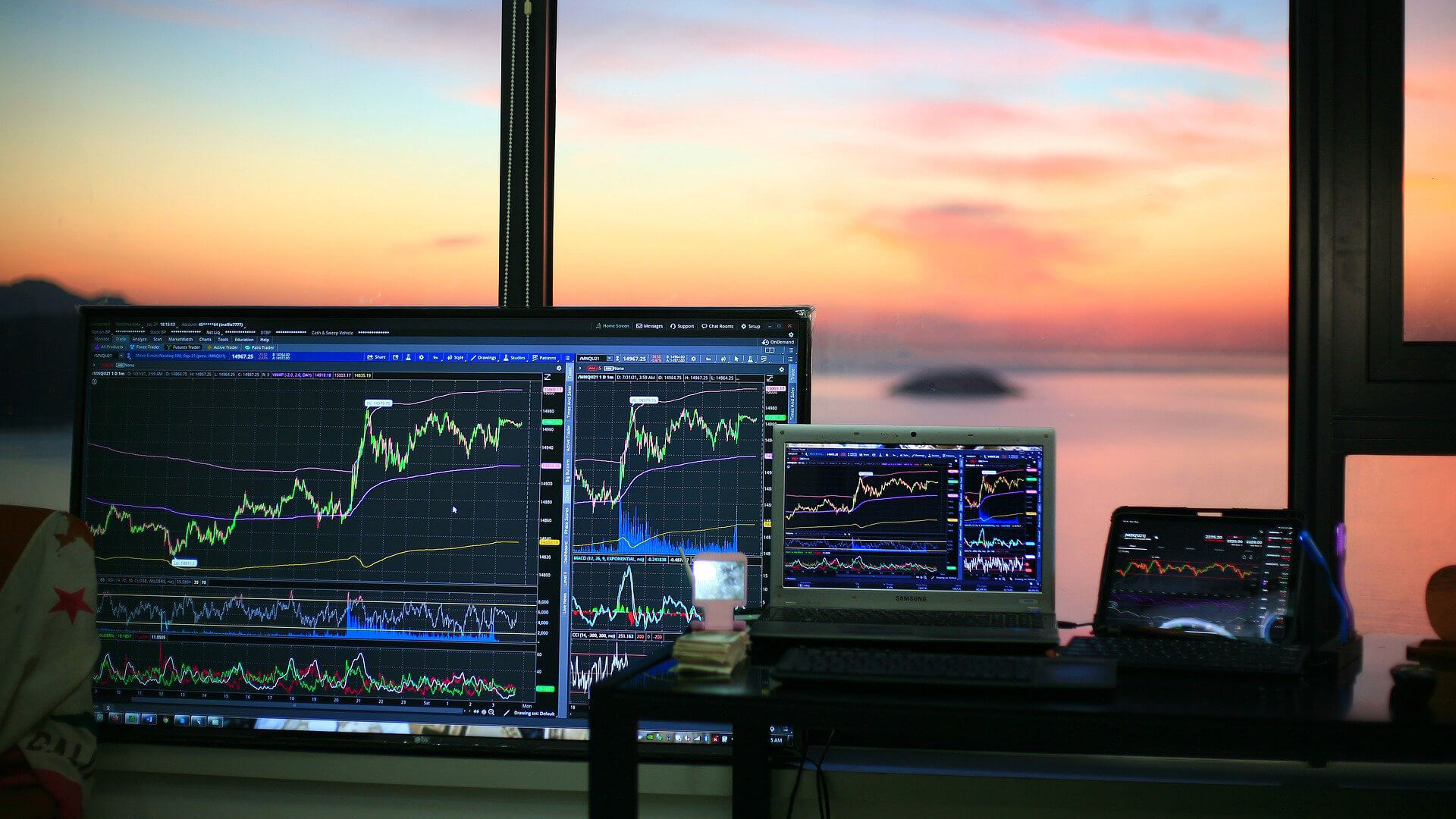|
| For a Better Tunghai |

With all the worry in the media about inflation, supply chain disruption, rising rates, COVID variants, and high valuations, equities have continued to run higher. World stocks are around all time high levels, led by US equities, with the S&P 500 Index reaching a record of 4566.48 on October 25th. While potential risks are definitely worth monitoring and understanding, it’s also important for investors to keep in mind that the biggest risk of all may be to not participate in markets.
儘管媒體對通貨膨脹、供應鏈中斷、利率上升、COVID 變種病毒和高估值充滿擔憂,股市在近期仍持續走高。 在美國股市的帶動下,世界股市正處於歷史最高水平,標準普爾 500 指數在 10 月 25 日達到創紀錄的 4566.48 點。 雖然潛在風險絕對值得監控和了解,但投資者也必須記住,最大的風險可能是不參與市場中。
Investment publications, brokerage houses, and private wealth platforms are full of advice on timing the market and predictions on the likely level of stock markets by year or quarter end. They typically use language like “good level to take profits” and “wait for a pullback.” There may be all sorts of well-reasoned justifications for these predictions, but rarely are there any long-term comparison of the returns from these strategies versus buy and hold. The reason is that it is extraordinarily difficult to outperform by consistently timing the market, as numerous academic studies have shown, particularly if the trading decision is between equity and cash exposure. Investing in stocks is risky and a price drop would cause your portfolio and wealth to also fall, but investors should also consider opportunity cost- the loss of potential gains from not being invested in the market.
投資出版物、經紀公司和私人財富平台都有許多有關市場時機的建議以及對年底或季末股市可能到達的水平的預測。 他們通常使用諸如“良好的獲利水平”和“等待回調”之類的語言。 這些預測可能有各種合理的依據,但很少有針對這些策略與“買入並持有”策略的回報進行的長期比較。 原因是,正如許多學術研究表明的那樣,通過持續把握市場時機來超越大盤是極其困難的,特別是如果交易決策是在股票和現金敞口之間進行。 投資股票是有風險的,價格下跌會導致你的投資組合和財富也下降,但投資者也應該考慮機會成本——不投資於市場而損失的潛在收益。
MSCI All Country World Index 12/31/1987- 10/25/2021
MSCI所有國家世界指數 12/31/1987-10/25/2021
The MSCI All Country World Index, which includes emerging markets, has had positive price gains for 25 out of past 34 years (including 2021), and risen over 1287% in that time period. Over the same period, the US S&P 500 index has risen over 3750%. Missing a significant portion of time in the market can cost several hundred percentage points in return.
包括新興市場在內的 MSCI 所有國家世界指數在過去 34 年(包括 2021 年)中的 25 年出現了正價格上漲,並在此期間上漲了 1287% 以上。 同期,美國標準普爾 500 指數漲幅超過 3750%。 錯過市場上的大部分時間可能會付出數百個百分點的代價。
This doesn’t mean that everyone should always be fully invested in risky assets. Of course, not everyone can bear the same amount of market risk and not everyone is lucky enough to start investing at an ideal time. Perhaps tomorrow will be the peak of the market before the next major downturn. A market correction would leave some investors unable to afford their short-term spending obligations and in the worst-case scenario, an investor invests the bulk of their assets right at the peak. Historically, it has taken about six to seven years to recover from the worst peak to trough market downturns (like the dot com crash and the global financial crisis), so investors should keep their time horizon in mind when allocating their assets.
這並不意味著每個人都應該始終完全投資於風險資產。 當然,並不是每個人都能承受相同水平的市場風險,也不是每個人都能有幸在理想的時間點開始投資。 也許明天將是下一次大跌之前的市場高峰。 市場調整將使一些投資者無法承擔短期財務支出需求。 而最壞的情況是一個投資者在市場高峰期投資其大部分資產。 從歷史上看,從市場高峰到低谷的最糟糕情況(如互聯網泡沫破滅和全球金融危機),大約需要六到七年的時間才能恢復,因此投資者在分配資產時應牢記投資時間跨度。
It is important to note that investors can only recover from such a downturn if they do not reduce their market exposure during that time, or else it would take much, much longer for their portfolio to come back to its original value. Unfortunately, after a major correction is when most retail investors happen to reduce their risk assets, particularly if they are investing on margin.
重要的是要注意,投資者只有在上述市場恢復期內不減少市場敞口才能從這種低迷中恢復過來,否則他們的投資組合需要更長時間才能恢復到原來的價值。 不幸的是,每一次重大調整之後,通常都是大多數散戶投資者對他們的風險資產減倉之時,特別是如果他們以融資進行投資的話。
There are several steps that one can take to avoid this trap:
1) Invest at a risk level appropriate for your time horizon and where you can weather downturns without panic selling.
2) Try not to invest on margin.
3) Regardless if you do some market timing or not, if you happen to be below your long-term target investment risk level, consider following a decision rule that puts you back into the market no matter if the market starts to recover (like an opposite of a stop loss rule).
我們可以採取幾個步驟來避免這樣的陷阱:
1) 以適合您時間跨度的風險水平、並且您可以在不恐慌性拋售的情況下度過低迷時期的狀況下進行投資。
2)盡量不要投資保證金。
3) 無論您是否進行了一些市場時機的選擇,如果您正碰巧低於您的長期目標投資風險水平*註,請考慮遵循一個決策規則:無論市場開始復甦與否都能讓自己重入市場(與止損規則相反)。
As the old investing adage goes, what matters is time in market, not market timing. Keeping this in mind can give you a better likelihood of achieving long-term investing success.
正如一則古老的投資格言所說,重要的是在市場中的時間,而不是進入市場的時機。 牢記這一點可以讓您更有可能獲得長期投資的成功。
*註: 指手上仍存有現金可以投資。
This article reflects the personal views of the author and not that of any firm, and should not be viewed as an investment recommendation.
● 讀後留言使用指南
近期迴響